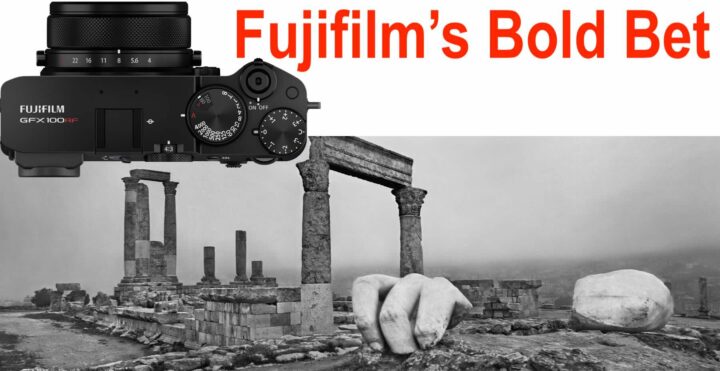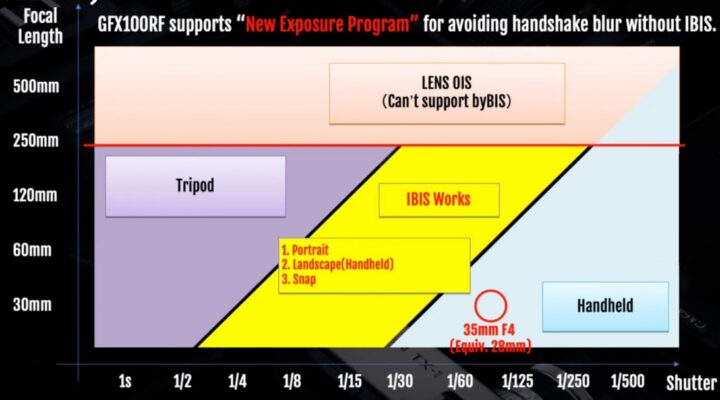
I’ve watched the entire Fujifilm X Summit and you can find it summed up here.
But there is a part that I did not sum up because it did not disclose any technically relevant information, and yet it was in my opinion the best and most interesting part of the X Summit, because it told us about the philosphy behind crafting the Fujifilm GFX100RF.
At minute 39 of the Summit, Fujifilm introduces us the work of the legendary photographer Josef Koudelka.
More precisely, they bring us at his exhibition “Ruins“. The images were shot with a 6×17 Fujifilm camera in Koudelka’s favorite format 6×17.
But 6×17 was not always Koudelka’s go-to format.
He fell in love with this format only in 1986 when he was asked to particapte to a project called DATAR to photograph landscape in France.
He noticed a 6×17 Fujifilm panoramic camera sitting on a table and said “maybe I’d like to try that one, can I borrow it for a week?“.
He started shooting with it and an the wide format started an entirely new phase in his photography.
Koudelka will later on say, that the change in format he made in 1986 was absolutely essential for staying fresh and looking at things in a new way.
At this point, we hear Koudelka himself talking about Fuji’s 6×17 camera and how the wide format introduced a big change in his photography: a change that kept him motivated and his photography fresh. Koudelka says:
Many photographers stopped to photograph. But I did not stop to photograph, because I started to use panoramic camera. I realized that I can do something different, and in fact, that it will help me to continue with photography.
Regarding the Fujifilm GFX100RF, Koudelka said:
You made a fantastic camera. I think it is going to be very successful because people are going to discover that they can do something that looks different.
I know that some might argue that cropping in post is sufficient.
However, as Josef Koudelka noted, committing to a specific aspect ratio forces you to see the scene differently. Instead of deciding what works best later, you’ll train your eye to capture the optimal composition on location.
The aspect ratio dial embodies this philosophy.
It’s not just a tool. It’s a visible reminder to rethink your approach every time you shoot. It’s a invitation to change your perspective and capture a fresh view on the world. It’s a challenge to try something new and refresh your creative vision.
Yes, I know. It’s too early to say if Fujifilm has won this bet. The market will decide. But for those, who’ll love it, it might become an important and refreshing part in their photography.





